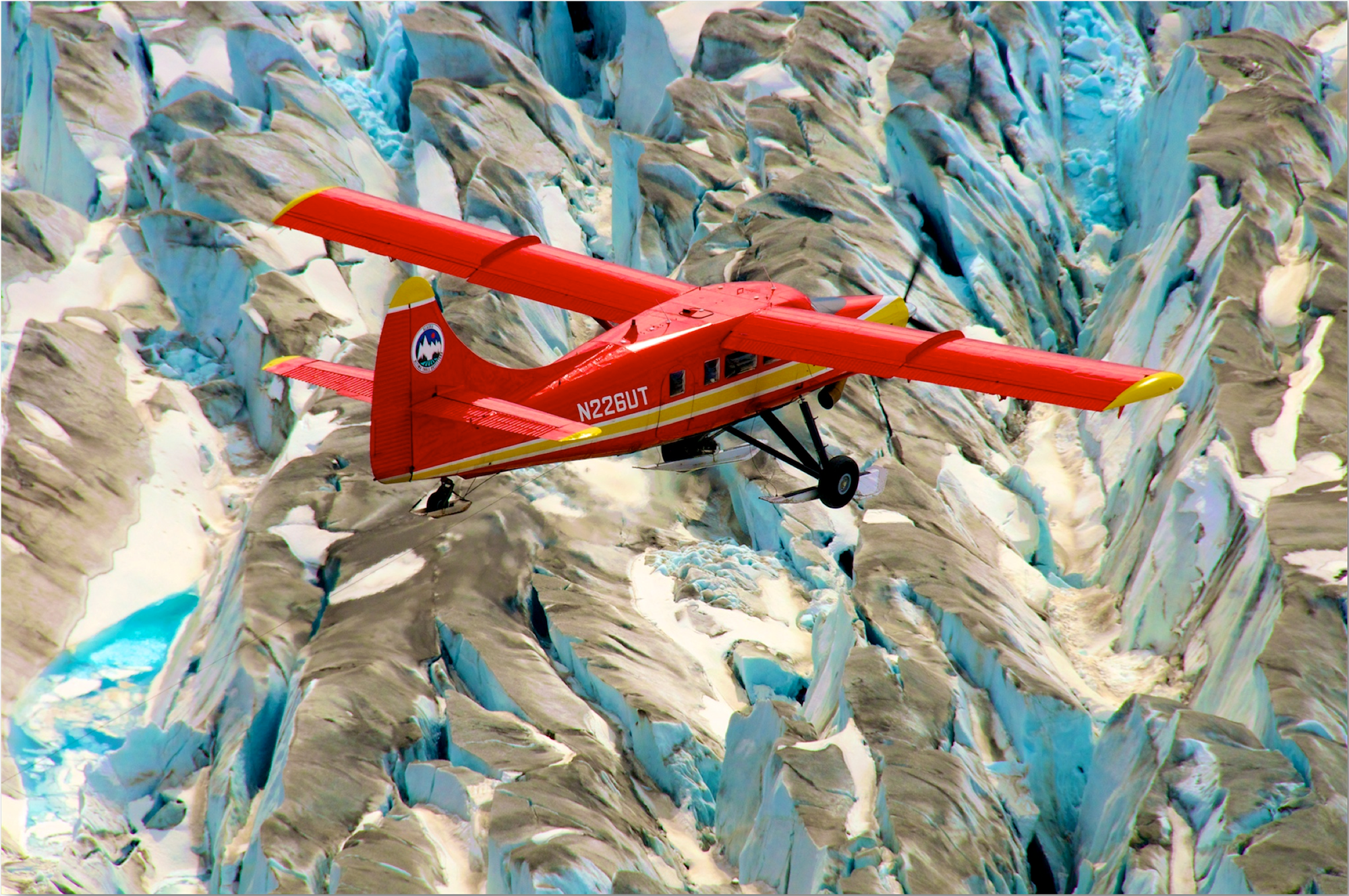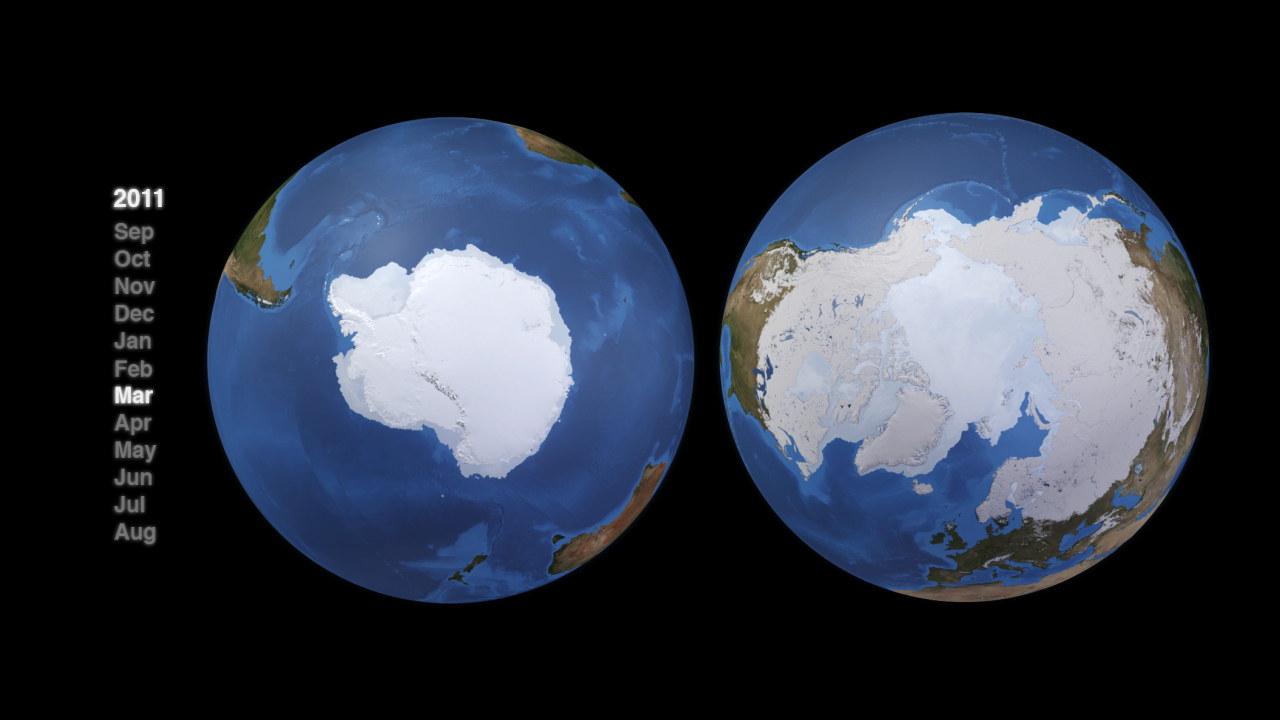Ice
Earth’s frozen regions – the cryosphere – are changing rapidly in our warming climate. And what happens in the cryosphere does not stay in the cryosphere. Our climate depends on the poles: Disappearing sea ice can interfere with the large-scale ocean circulation patterns that buffer climate extremes. Melting glaciers and ice sheets raise sea level.
ICESat-2's sole instrument, ATLAS, collects elevation data using six laser beams - which gives the new mission much denser coverage of Earth's surface.

With the new dimension, scientists can calculate the amount of vegetation – the trunks, branches, leaves, shrubs and more – that make up an area’s biomass. Studying the gain or loss of biomass can inform calculations of the carbon that forests either take in or release into the atmosphere.
The ICESat-2 mission creates a dense grid of measurements across the world, gathering information of the heights of cities, waterways, reservoirs, wetlands, agricultural fields, tundra… the satellite is always on, when it’s operational it will collect a terabyte of data every day.
On the Shoulders of ICESat
The extensive data IceBridge gathered over the Greenland ice sheet during its six years of operations provided an improved picture of the surface, the bed and the internal structures of Greenland’s ice sheet and allowed scientists to create more accurate models of glacier contribution to sea level rise. As for sea ice, IceBridge’s measurements of the thickness of sea ice and its snow cover assisted in improving forecasts for summertime melt, enhanced the understanding of variations in ice thickness distribution from year to year, and up-dated the climatology of the snow depth over sea ice. IceBridge flew yearly campaigns to measure the Antarctic ice sheet and surrounding sea ice.







